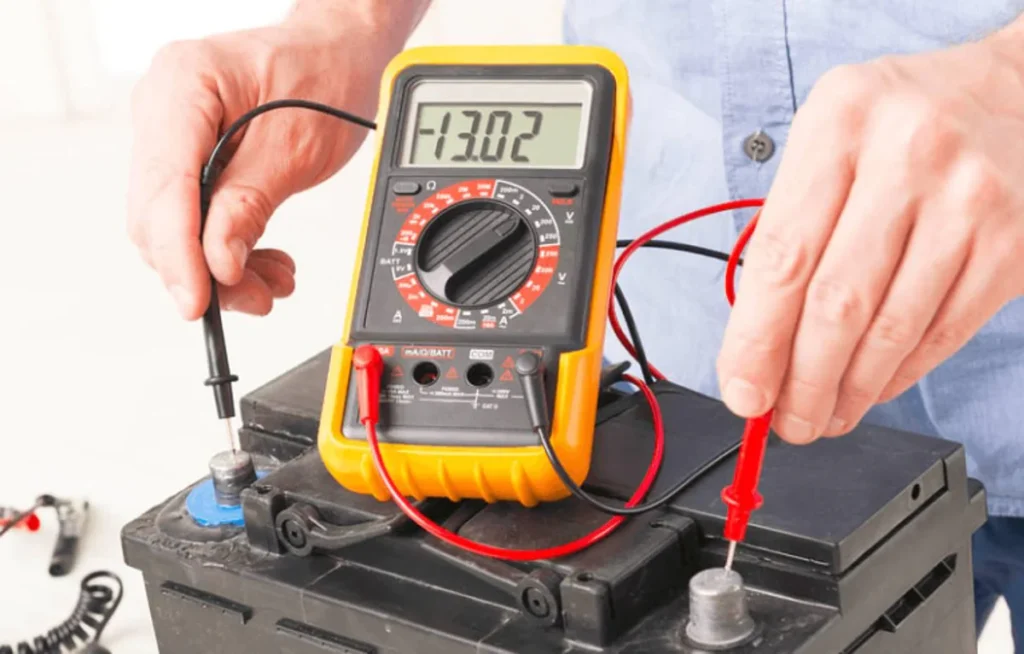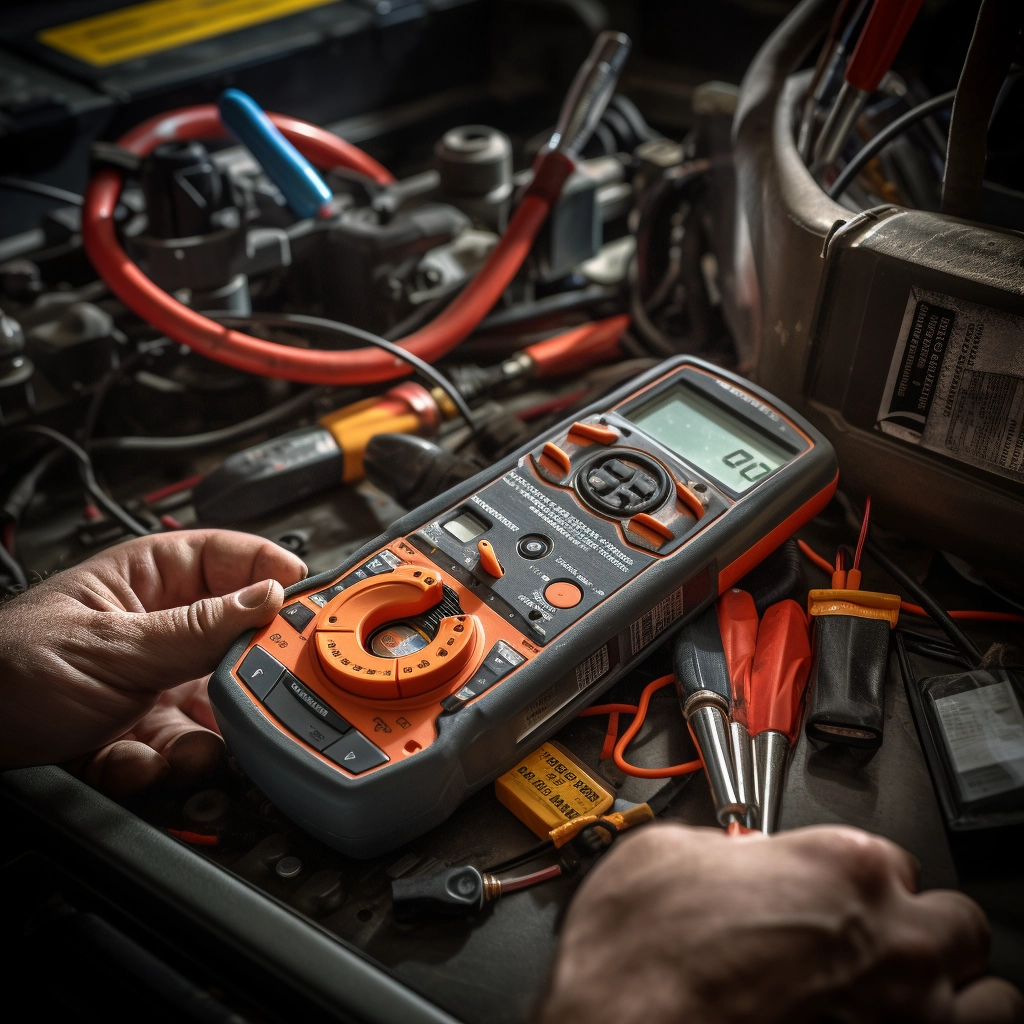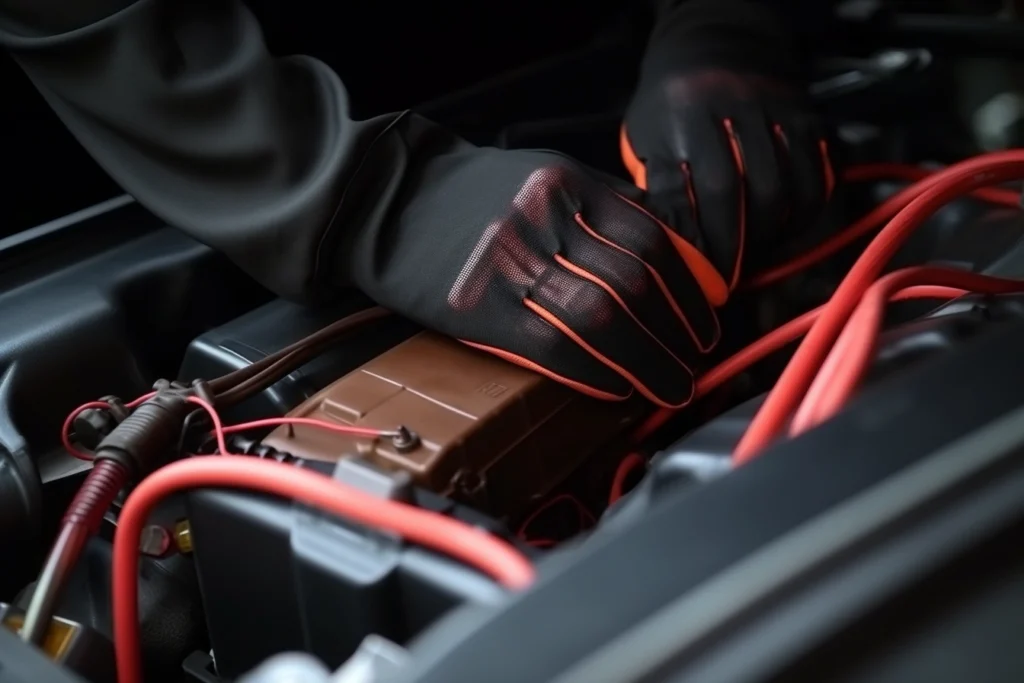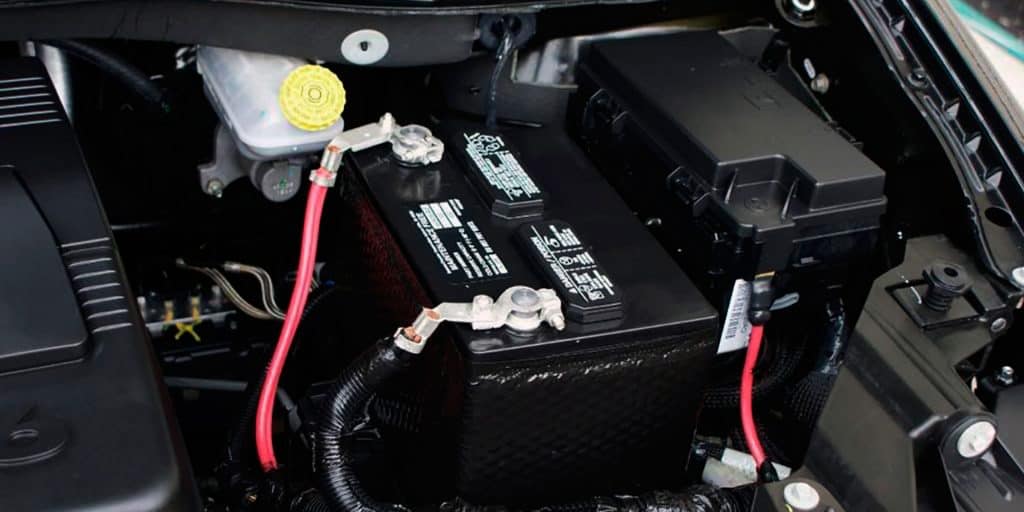In the realm of automobiles, the heartbeat is the car battery. It not only sets the engines in motion but also powers an array of essential components such as GPS, security systems, audio equipment, and headlights. The vitality of maintaining the optimal voltage for a car battery cannot be overstated. Let’s delve into the intricacies of the voltage requirements for starting a car and how to deal with low voltage scenarios.
Ideal Voltage for Car Startup

The pivotal question is, “How many volts does a car battery need to start?” The minimum threshold is 11.8V, with occasional activation possible at 10.8V. However, aiming for 11.8V is advisable as it ensures a smoother start without unduly stressing the car’s engine.
Standard Voltage for Cranking
The standard voltage required to crank up the automobile is 12.6V. During operation, this value fluctuates between 13.7 and 14.7V. If the voltage dips below 10.8V, starting the vehicle becomes impossible, necessitating either a battery replacement or the use of a Jump Starter in emergency situations.
Starting Range and Stress Levels
In the range of 10.8V to 11.8V, starting the engine may be challenging, leading to repeated stress on the vehicle. While it’s possible to initiate the start, the longevity of the car is compromised. The sweet spot for starting the motor lies between 11.8V and 12.8V, with 12.6V being the ideal rate.
Also read: Guide to Using a Distance Meter
Post-Startup Voltage Levels
After successfully starting the car, the ideal voltage should hover between 13.2V and 14.8V. Anything exceeding 14.8V could potentially damage both the battery and the engine. Verifying this voltage can be done by assessing the brightness of your headlights. If they shine adequately, your battery is likely in good shape.
Checking Car Battery Voltage

Using a Voltmeter
A reliable method to determine the voltage of your car battery is by using a voltmeter. Ensure the engine is turned off before connecting the voltmeter to the battery terminals. Upon starting the vehicle, observe the voltmeter reading for approximately 15 seconds.
Steps for Voltmeter Usage
- Turn off the engine.
- Attach voltmeter wires to battery terminals.
- Switch on the vehicle.
- Observe and verify voltmeter reading.
Dealing with Low Voltage
Replacing Car Battery

Low voltage is often a sign of a damaged battery. Using a multimeter, check if the voltage exceeds 12.6V. If not, a faulty battery is likely.
Portable Jump Starter
For instances where the voltage is insufficient to start the car, a portable jump starter serves as a reliable backup. This device eliminates the need to wait for roadside assistance and allows for emergency engine starts.
Seeking Professional Assistance
When in doubt, seeking help from an auto repair shop or a mechanic is prudent. They can provide estimates for any necessary repairs before initiating them.
Conclusion
In conclusion, maintaining an ideal voltage range between 11.8V and 12.8V is crucial for the optimal performance and longevity of your car battery. Regular checks using a voltmeter and timely interventions, such as battery replacement or using a jump starter, ensure a hassle-free driving experience. Remember, a well-maintained battery is the key to a smoothly running vehicle.
Also read: Best Tire Pressure Gauges
10 Questions and Answers
- Q: What is the minimum voltage required to start a car?
- A: The minimum voltage is 11.8V, with occasional activation possible at 10.8V.
- Q: What is the standard voltage for cranking up a car?
- A: The standard voltage for cranking is 12.6V.
- Q: Can a car be started with a voltage below 10.8V?
- A: No, starting is not possible below 10.8V; battery replacement or a jump starter is required.
- Q: What is the ideal voltage range after starting the car?
- A: The ideal range is between 13.2V and 14.8V.
- Q: How can I check my car’s battery voltage?
- A: Use a voltmeter by connecting it to the battery terminals and starting the vehicle.
- Q: What should I do if my car battery has low voltage?
- A: Check with a multimeter; if voltage is below 12.6V, consider replacing the battery.
- Q: What is the purpose of a portable jump starter?
- A: It provides a backup for starting the car in case of insufficient voltage.
- Q: How do I use a voltmeter to check my car’s battery?
- A: Attach voltmeter wires to battery terminals, start the vehicle, and observe the reading.
- Q: Can high post-startup voltage damage the battery?
- A: Yes, voltage exceeding 14.8V can potentially damage both the battery and the engine.
- Q: When should I seek professional assistance for my car battery?
- A: If in doubt, consult an auto repair shop or a mechanic for a thorough assessment.








4 thoughts on “How Many Volts Does A Car Battery Need To Start?”